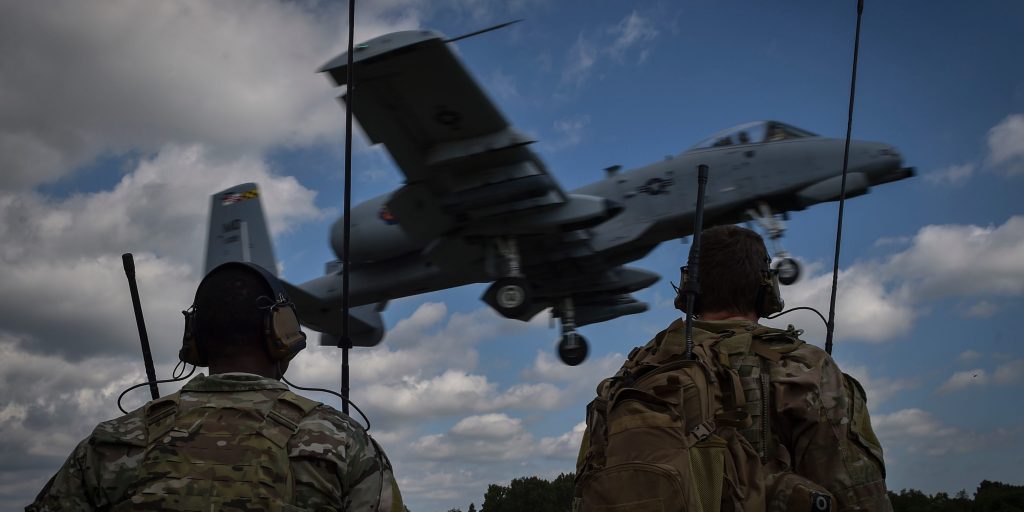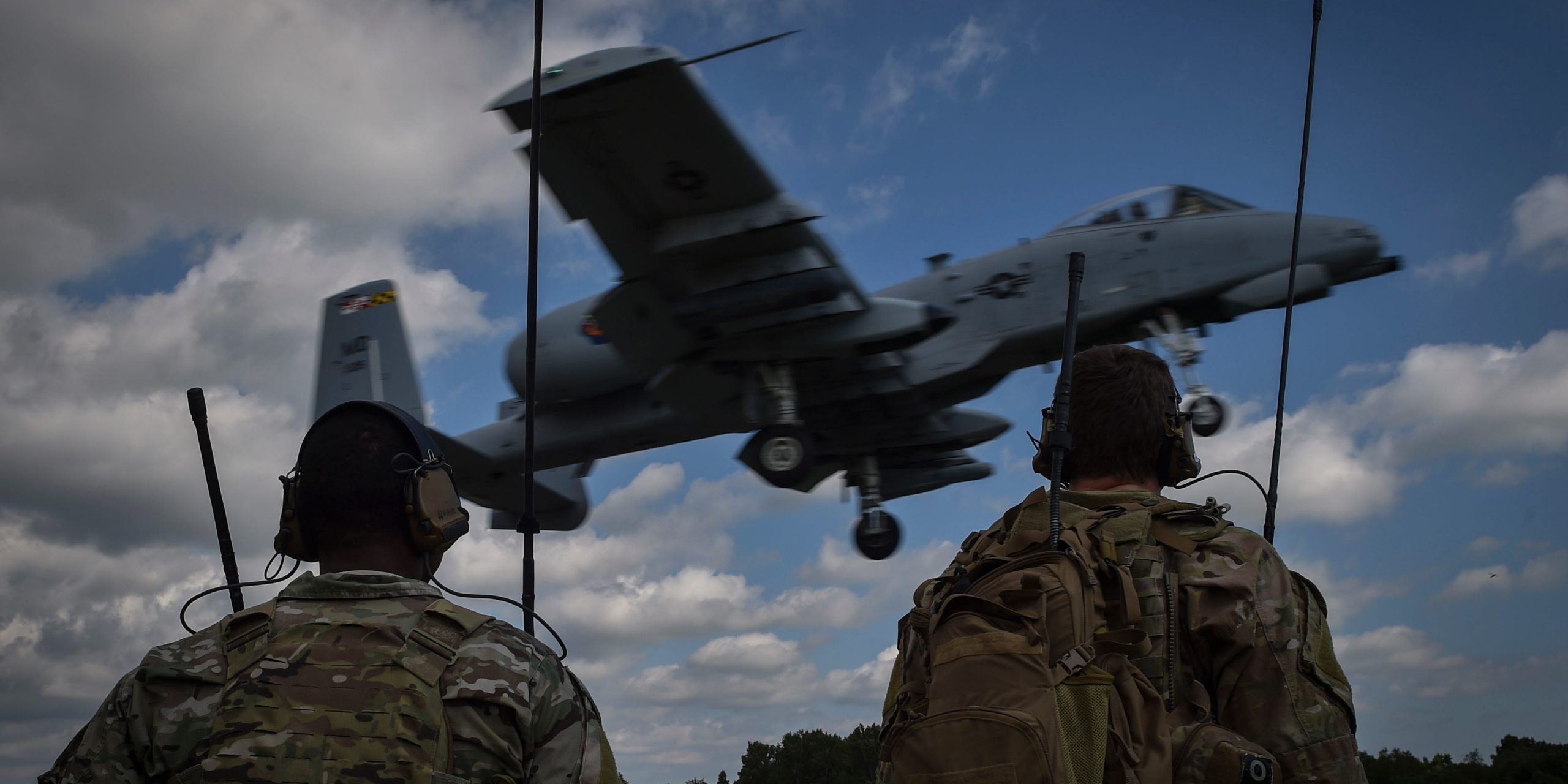
(US Air Force photo/Senior Airman Ryan Conroy)
- US Special Operations Command is seeking its own light aircraft to back up operators on the ground.
- Congress and the Air Force remain wary, but SOCOM has moved ahead, narrowing the competition to five potential aircraft.
- See more stories on Insider's business page.
For the past few years, a low-intensity conflict has raged inside the Pentagon over how US special-operations forces are going to counter terrorist and extremist organizations in an era of great-power competition against China and Russia.
The US Special Operations Command's desire for its own small special-operations aircraft to support its units is at the heart of the debate. Commandos want to have their own cheap aircraft and not have to depend on fighter jets, such as the F-22 or the F-35, that cost between $30,000 to $70,000 an hour to operate.
SOCOM wants a "multi-role capability that could provide both intelligence, surveillance, and reconnaissance overhead but also is prepared to fire munitions in support of a team that could be in harm's way," Gen. Richard Clarke, SOCOM's commanding general, told lawmakers at a recent House Armed Services subcommittee hearing.
The Armed Overwatch Program, as the latest effort is known, has faced backlash from the Air Force, which had been pursuing its own light attack aircraft, and from Congress, which wants to ensure it doesn't end up funding two similar programs.
Despite these obstacles, SOCOM has been moving forward, and the competition has reached its final stages with five aircraft battling to become the next special-operations plane.
A special-operations aircraft
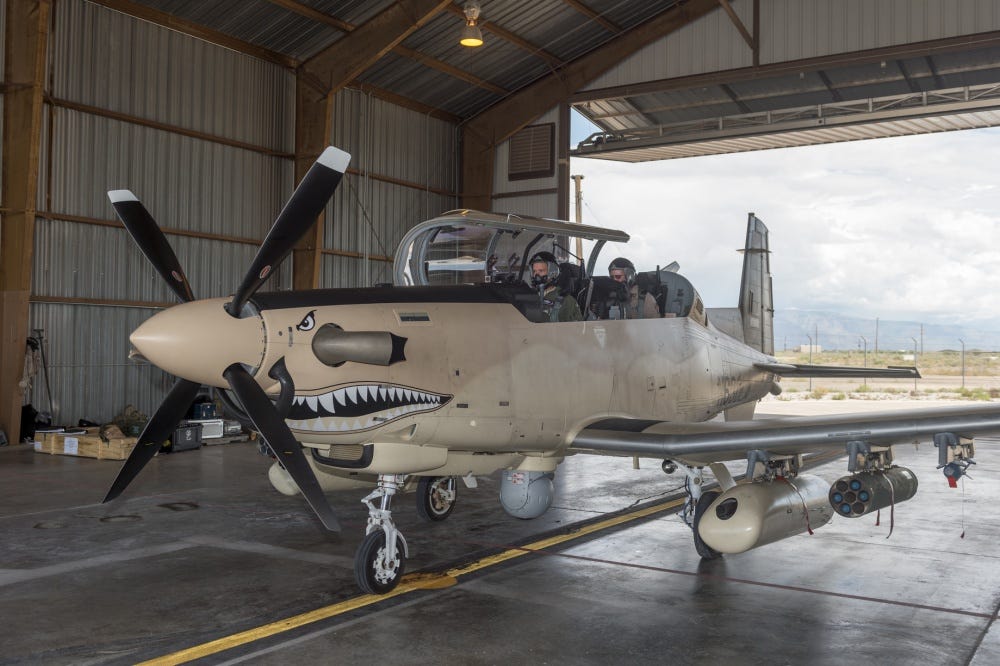
US Air Force Photo by Ethan D. Wagner
The five finalists are the Bronco II, MC-208 Guardian, AT-6E Wolverine, AT-802U Sky Warden, and MC-145B Wily Coyote.
The Air Force's A-10 Thunderbolt II and AC-130 gunship and the Army's AH-64 Apache helicopter are not part of the competition, but they are highly regarded among troops, so an Armed Overwatch competitor that could provide similar capabilities would likely have an edge.
Each aircraft has its strengths and weaknesses, and although it will fall to SOCOM to determine which is more suitable for the mission, special-operators on the ground desire three things: loiter time; a potent and diverse arsenal; and strong intelligence, surveillance, and reconnaissance capabilities.
A good loiter time will ensure that the aircraft can stay on target for long periods and continuously support the team on the ground. With plans to buy a limited number of aircraft, SOCOM needs to get as much as possible from each of them.
Further, a potent and diverse arsenal - such as effective guns for strafing as well as rockets, bombs, and missiles - is a must, as the aircraft will be operating far from major conventional units that can reinforce it, as was the case in Afghanistan, Iraq, and Syria.
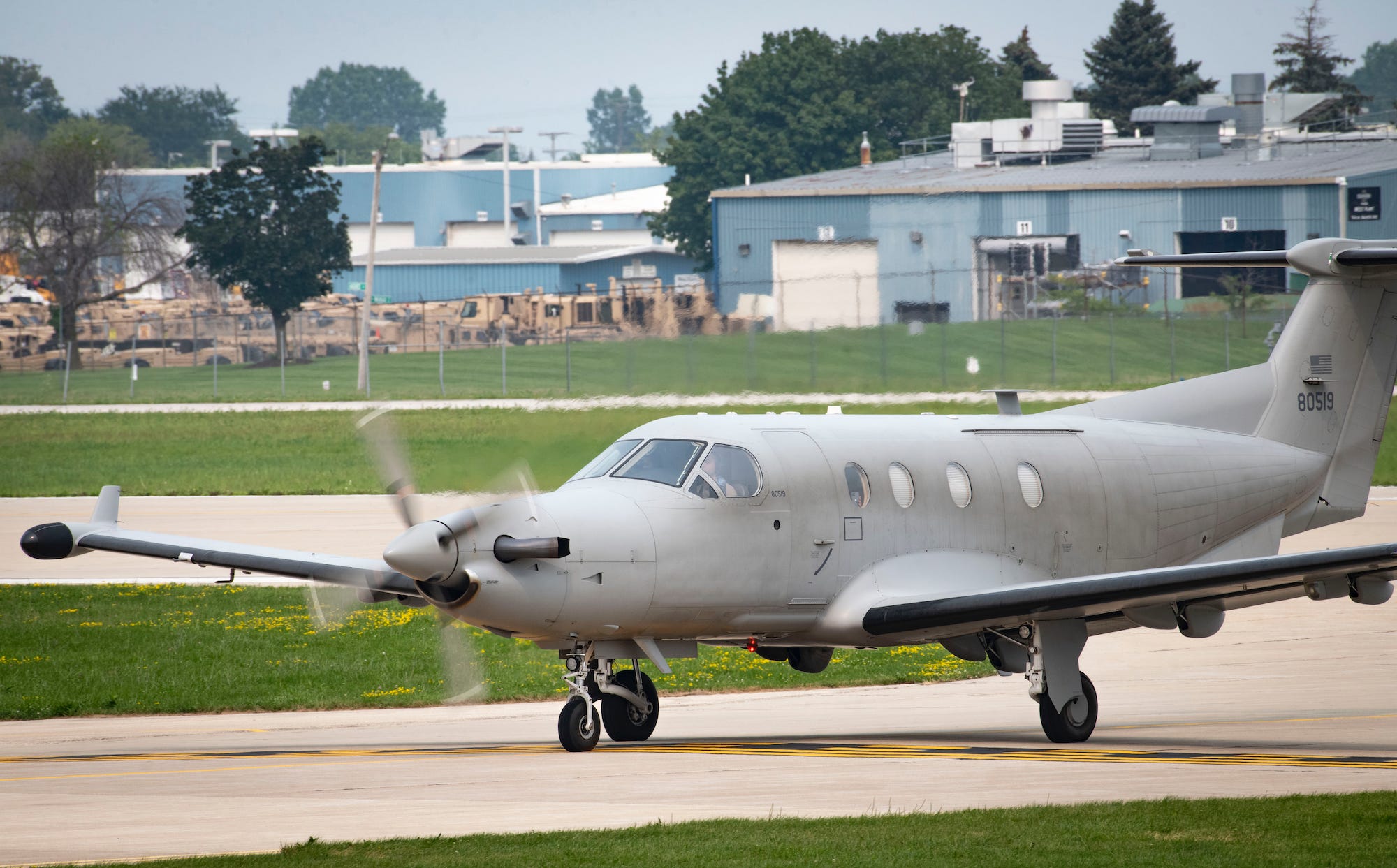
US Air Force/Senior Airman Mahoney
Finally, the aircraft will need sensors that can feed intelligence to ground troops and to commanders well behind the front lines.
"Sensors aren't discussed enough, but the ability to have a platform with advanced sensors that can alert a team of anything out of place or a threat before it approaches is invaluable," a former Air Force combat controller told Insider.
The desire for ISR capabilities isn't incidental.
The MQ-9 and other unmanned aircraft that can provide close air support, precision strike, and ISR capabilities are some of the most requested assets by US military commanders.
During Operation Inherent Resolve, the counterterrorism fight against ISIS, demand for those unmanned aircraft was so high that there simply weren't enough of them to meet it.
"I think ISR aircraft, the MQ-9 for example, that had a lighter weapon load were more useful [in Iraq and Syria] because the bad guys knew not to gather in open areas and be an easy target for air attacks. Instead, they did more sneaky stuff, such as planting IEDs," said the former combat controller, who was tasked with coordinating air support for ground troops.
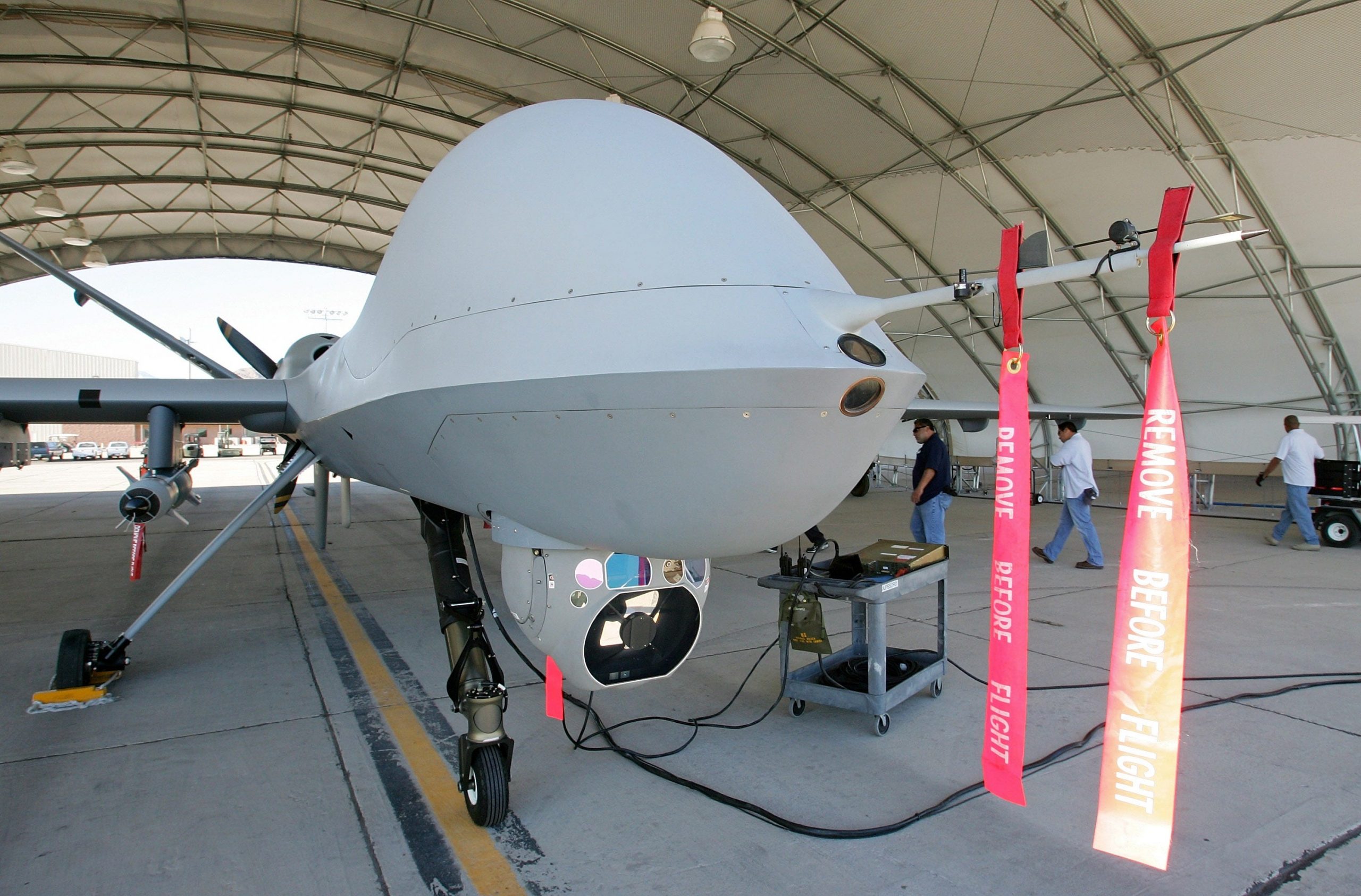
Ethan Miller/Getty Images
"We didn't always need fast movers [fighter jets] overhead, and if there was a need for one, let's say we got into a firefight, more formidable aircraft would arrive on target very fast," the former combat controller added, speaking anonymously to discuss operations.
However, in the future, special-operations troops in more distant regions where there are terrorist threats such as Africa will not be able to rely on the speedy arrival of more formidable aircraft.
"It's really a policy [issue] whether or not fires are required. It's policy and it's the conditions on the ground that could dictate whether or not you needed fires, so it is a multi-role platform," Clarke told lawmakers of the requirements for Armed Overwatch aircraft.
In addition to those three main capabilities, the new aircraft should have the ability to operate from austere environments with little maintenance.
An ability to repeatedly land on and launch from dirt strips in Africa or impromptu airfields in Southeast Asia will be as important as effectiveness over the target - if the aircraft can't fly, it doesn't matter what else it can do.
Counterterrorism in an era of national competition
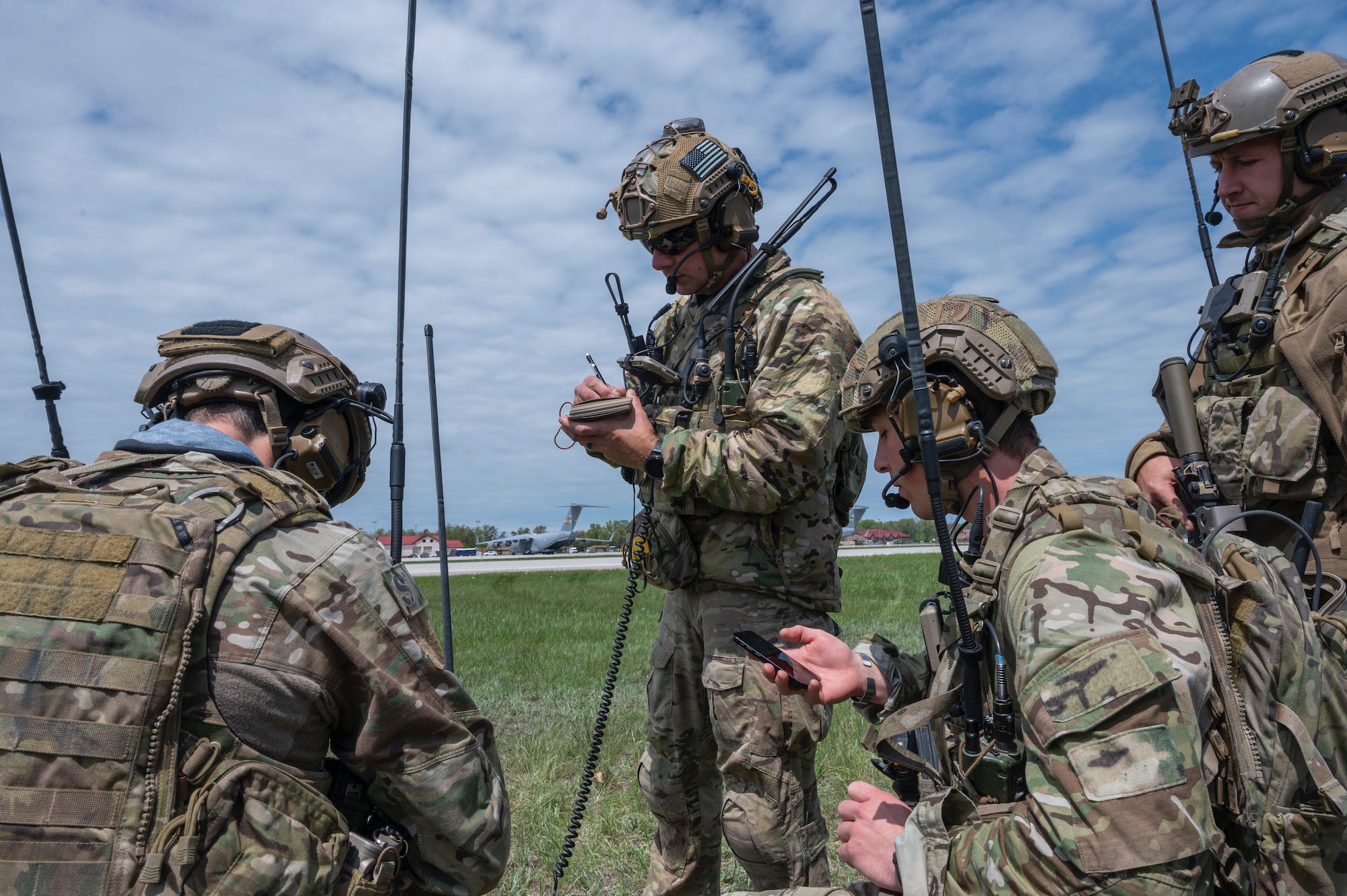
US Air Force/Tech. Sgt. Sandra Welch
SOCOM plans to buy a total of 60 to 75 planes: four squadrons of 15 aircraft each, with another 10 to 15 aircraft in reserve for training and support. One squadron will be forward-deployed while the rest go through maintenance and training.
Historically, the US has been engaged in low-intensity and counterinsurgency conflicts at least once every decade since the end World War II.
Special-operations forces have also become the go-to choice for US policymakers in almost every contingency since the September 11 attacks, as they can conduct valuable missions with relatively little political or military exposure.
Terrorist and extremist organizations will remain active as the US military refocuses its major conventional units on more pressing threats. So it's safe to assume that SOCOM's Armed Overwatch aircraft will see more action supporting US special-operations units and their partners than the aircraft's fifth-generation fighter cousins.
Stavros Atlamazoglou is a defense journalist specializing in special operations, a Hellenic Army veteran (national service with the 575th Marine Battalion and Army HQ), and a Johns Hopkins University graduate.
